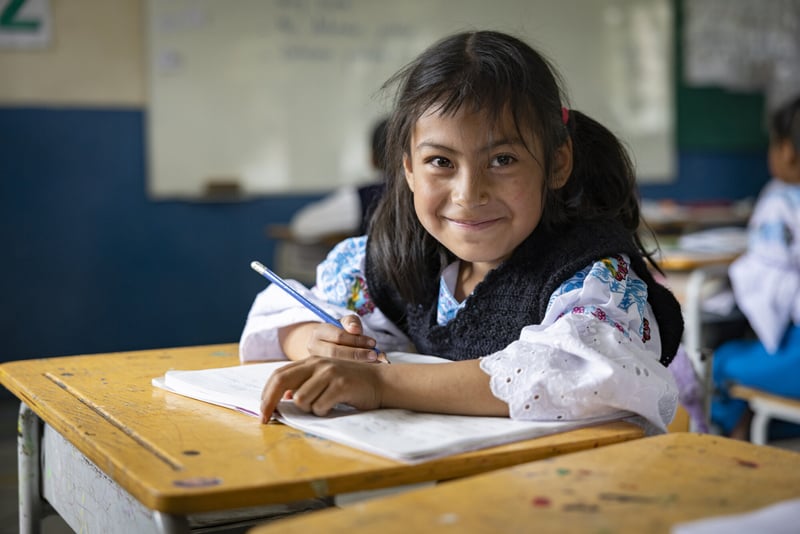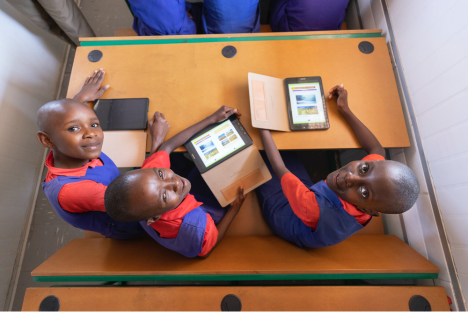Site will be
unavailable for maintenance from June. 4, 11:30 p.m., to June 5, 12:30 a.m. ET. Thank you for your
patience!

Make your difference in a child's life.
Give NowMake your difference in a child's life.
In it for kids since 1938.
We help children thrive in spite of the toughest challenges in the world. Because we know that every child, like every person, matters.
-

Putting children first
Kids need to live their potential every day. We work with their families, communities and the systems surrounding them so they can grow up healthy, educated, skilled and safe.
-

Investing in localized change
Individual and institutional support allows us to invest in 200+ community-based organizations in 23 countries — over $600M the last 10 years — to support and protect children. Because locally led change lasts.
-

Experience you can trust
With more than 85 years of experience working with children in challenging circumstances, we’re proud to be known for our commitment to child safety and financial accountability.




Real Stories From Real People
-
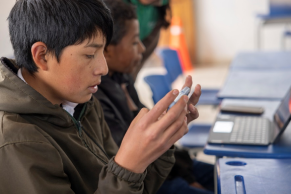
5 Myths About Online Sexual Abuse
Kids and screens are a ubiquitous pairing these days. Here are a few misconceptions about the dangerous reality of online child sexual abuse and exploitation.
-
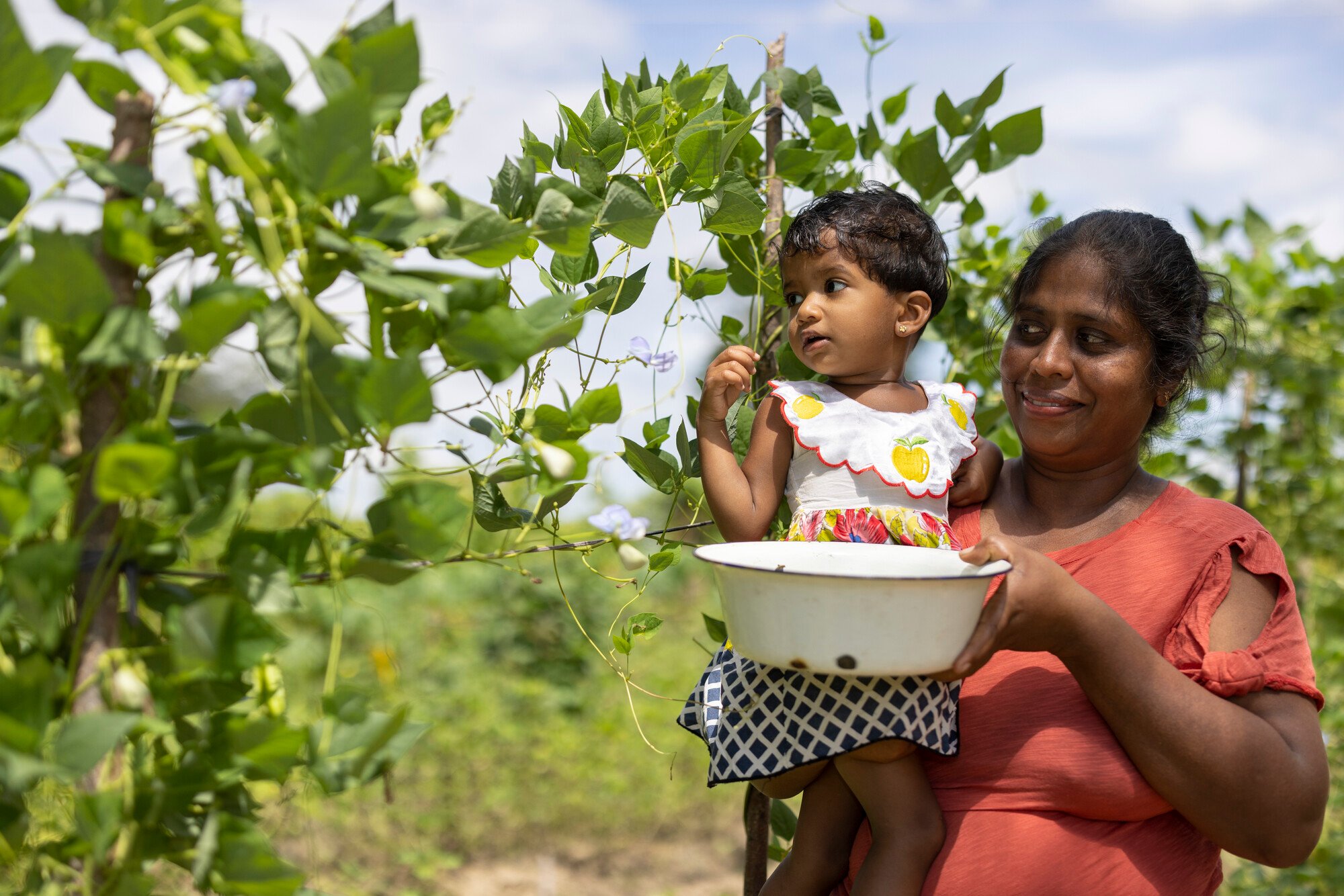
Good Food Saves Lives
Access to nutritious meals saves lives, period. Meet three kids who overcame hunger with support from ChildFund.
-
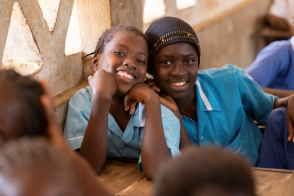
Education for Protection & Well-being in The Gambia
Learn more about a ChildFund program that’s helping children protect themselves from violence – and improve their literacy at the same time.

